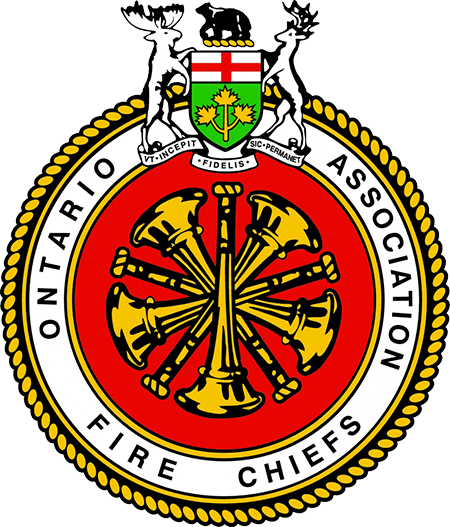After a months-long search, Scott Foster has been appointed deputy fire chief for the Timmins Fire Department. The Timmins native beat out a dozen other candidates, who were both local and from across the province.
Foster began his new role May 28, following the March 19 retirement of former Fire Chief Berny Stansa which led to then Deputy Fire Chief Scott Atkinson being appointed to the role April 1, leaving the deputy position vacant.
The Timmins Fire Department consists of 122 volunteer firefighters, and 35 career firefighters working out of six stations named after the ward system, from west to east: Mountjoy Station 1, Timmins Station 5, Schumacher Station 3, South Porcupine Station 2, Whitney Station 4 and Connaught Station 6.
The department also provides service to the Victor M. Power Airport.
Foster is a former volunteer firefighter (2011-14), becoming a full-time firefighter with the City of Timmins in 2014. He is the former president and vice-president of the Timmins Professional Firefighters Association International Association of Firefighters local 535 (2019-2023).
Foster holds a Bachelor of Arts in justice and public safety from the University of Guelph and certificates from Northern College’s pre-service firefighter education and training program and paramedic bridging program.
He holds several National Fire Protection Association certificates including Fire Officer III, Fire Officer II and Incident Safety Officer.
The Daily Press caught up with Foster on Monday, from his office on the second floor of the Timmins Fire Department on Cedar Street.
(This interview has been edited for clarity)
Q: Congratulations! Why do you think you were chosen?
A: Thank you. I think I have a pretty good track record as the chief training officer. Without tooting my own horn, it’s reinvigorated training within our department. I had to re-envision what we needed to do. I revamped the training program over the past two to three years, and that spoke volumes in terms of what I was able to accomplish with a heavy work load.
The current chief (Scott Atkinson) saw the improvements and the CAO (Dave Landers) was quite on board with it and eager to see what else I could do.
Q: What would be an example of some changes you made to the training program?
A: I think the biggest thing is that I instituted a yearly recruit schedule. Before, out of our six volunteer halls that we have, it was segregated. When a position became open, they would hire people on a whim. The regulations now in Ontario are that all firefighters must be certified to a certain level. It’s not feasible to have sporadic hires and train them individually.
So I created the yearly recruitment for all volunteer firefighters. Every fall, we’ll post for a large recruitment. Last year there were 40 applicants, and we took on 15 of them or so, so they can take a recruit class. They start their training in January as a whole and work towards being a fully certified firefighter over the next 18 months.
Q: How long was the training before?
A: It depends. There were some people who were here for two to three years and weren’t fully trained. Others took a year or two to be trained up. The bigger change now is that they have to certify to a provincial standard, whereas before it was mostly in-house training. So I tried to amalgamate those two worlds into one.
Q: What will your priority be in your first year as deputy chief?
A: The biggest thing that I’m hoping to see is a lot more standardization across our department. We have six stations—full time staff here and volunteers across the city. As much as we’re all one team, there are a lot of separate little entities. I’d like to see that become one whole department, operating towards the same common goal.
We are hoping to develop a leadership committee with district chiefs so we can have a common vision and value for our department. That way, the members get a say in what they want their department to be.
Q: What are the roles and responsibilities of the deputy fire chief?
A: The day-to-day operations of the department, the chief being more responsible for the oversight and future vision, whereas my responsibility is to make sure it works for tomorrow: make sure the apparatus are in working order, the facilities are up to snuff, staff is showing up when they have to— the day-to-day managerial duties.
